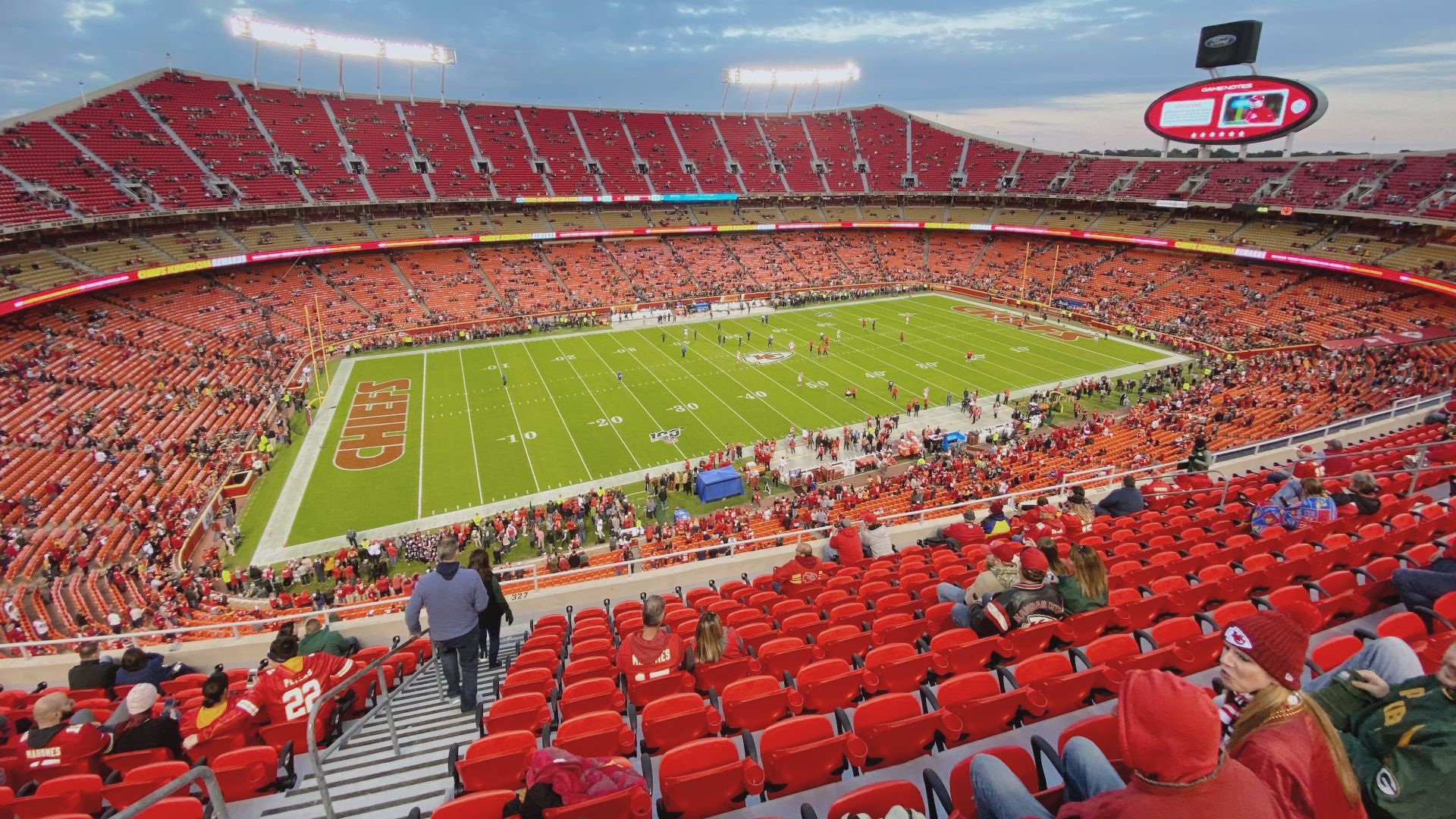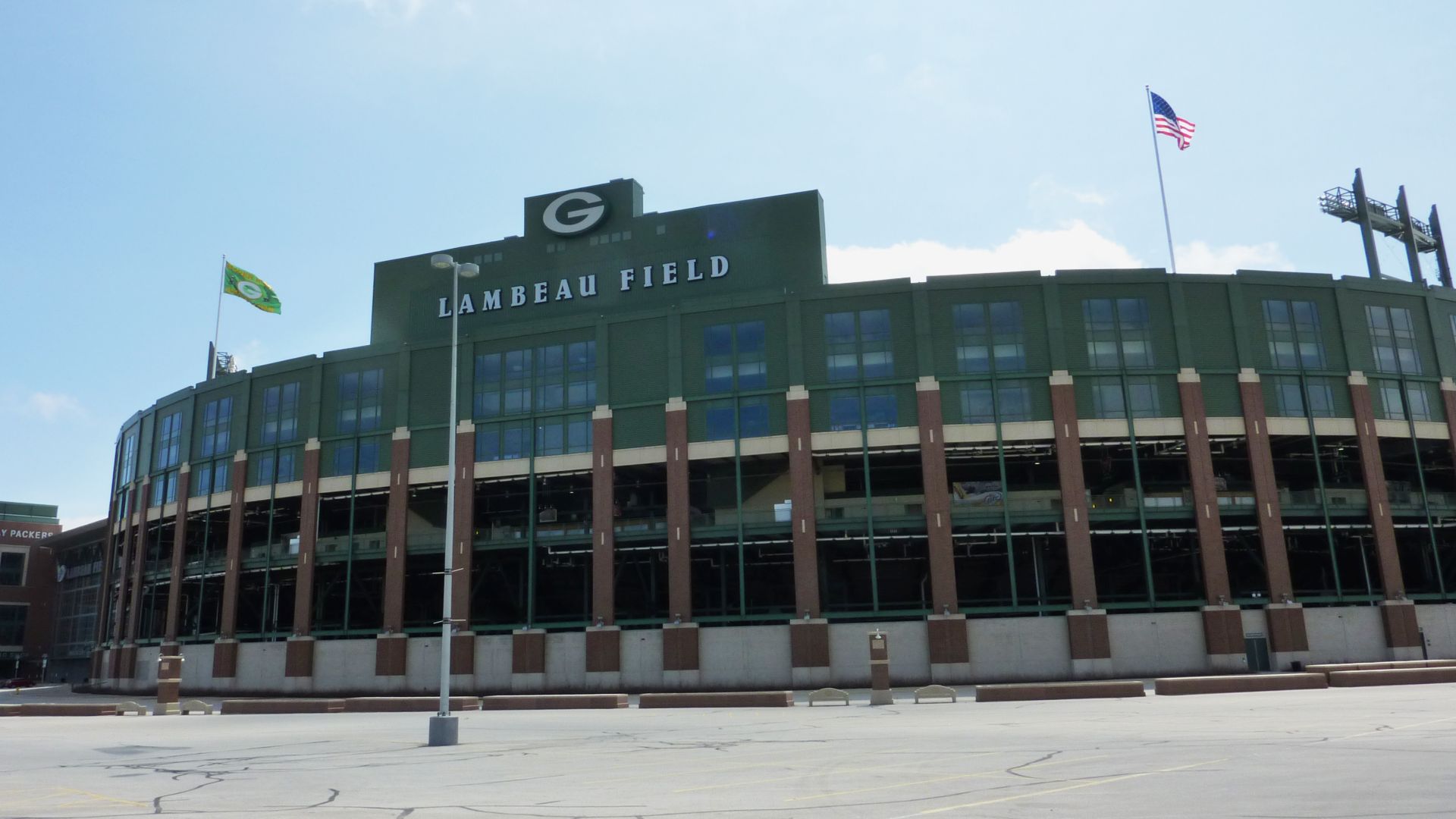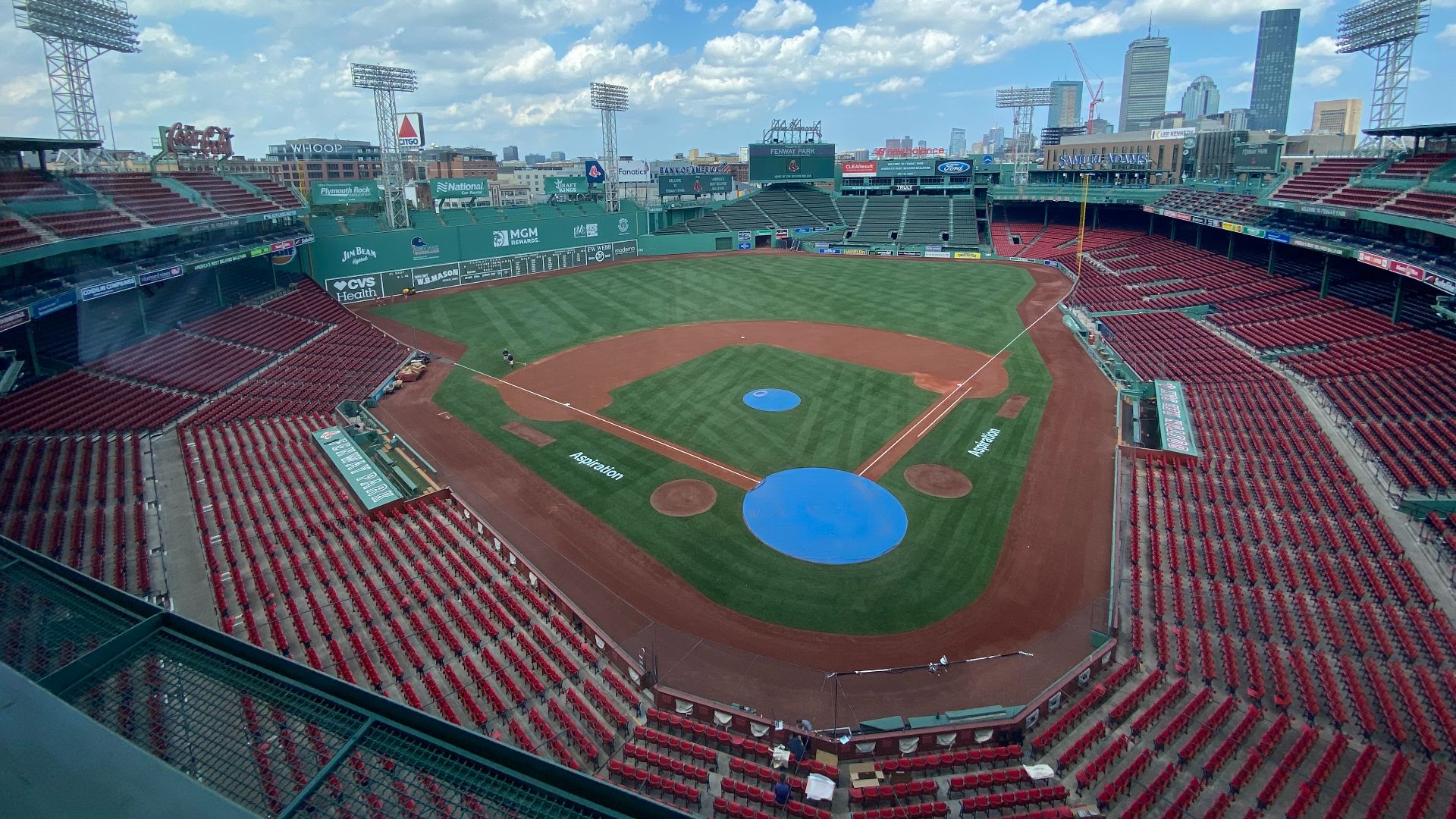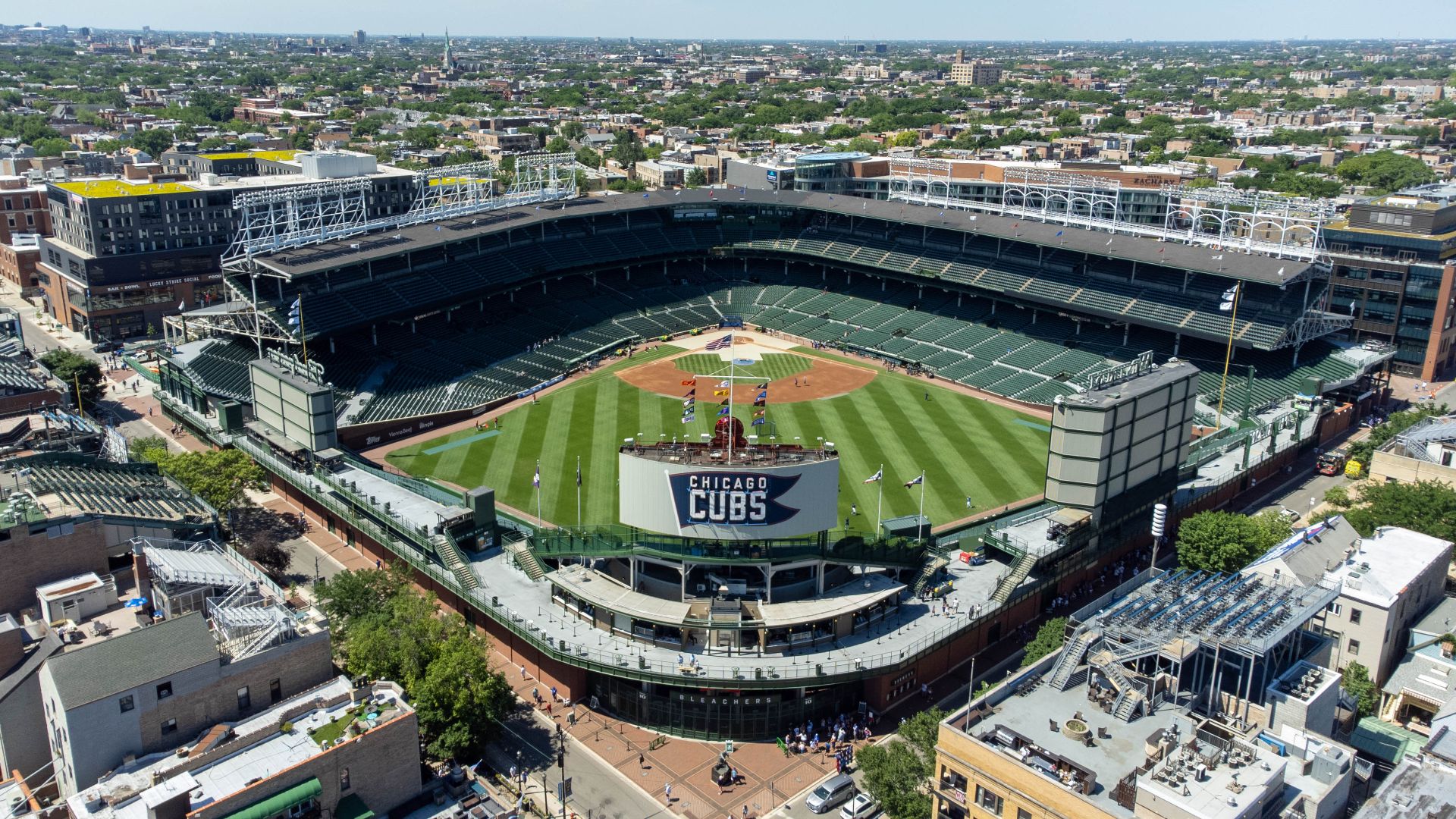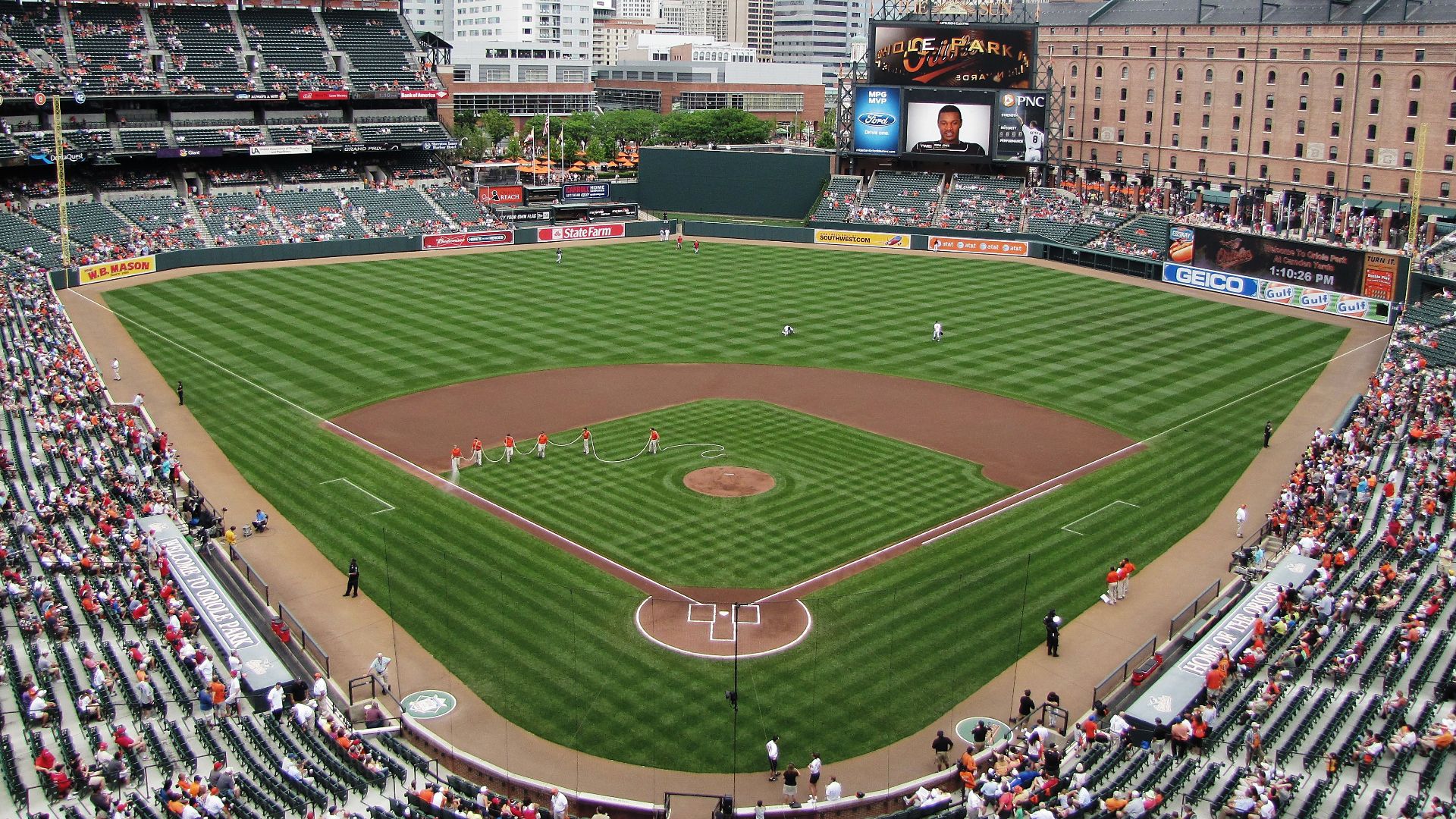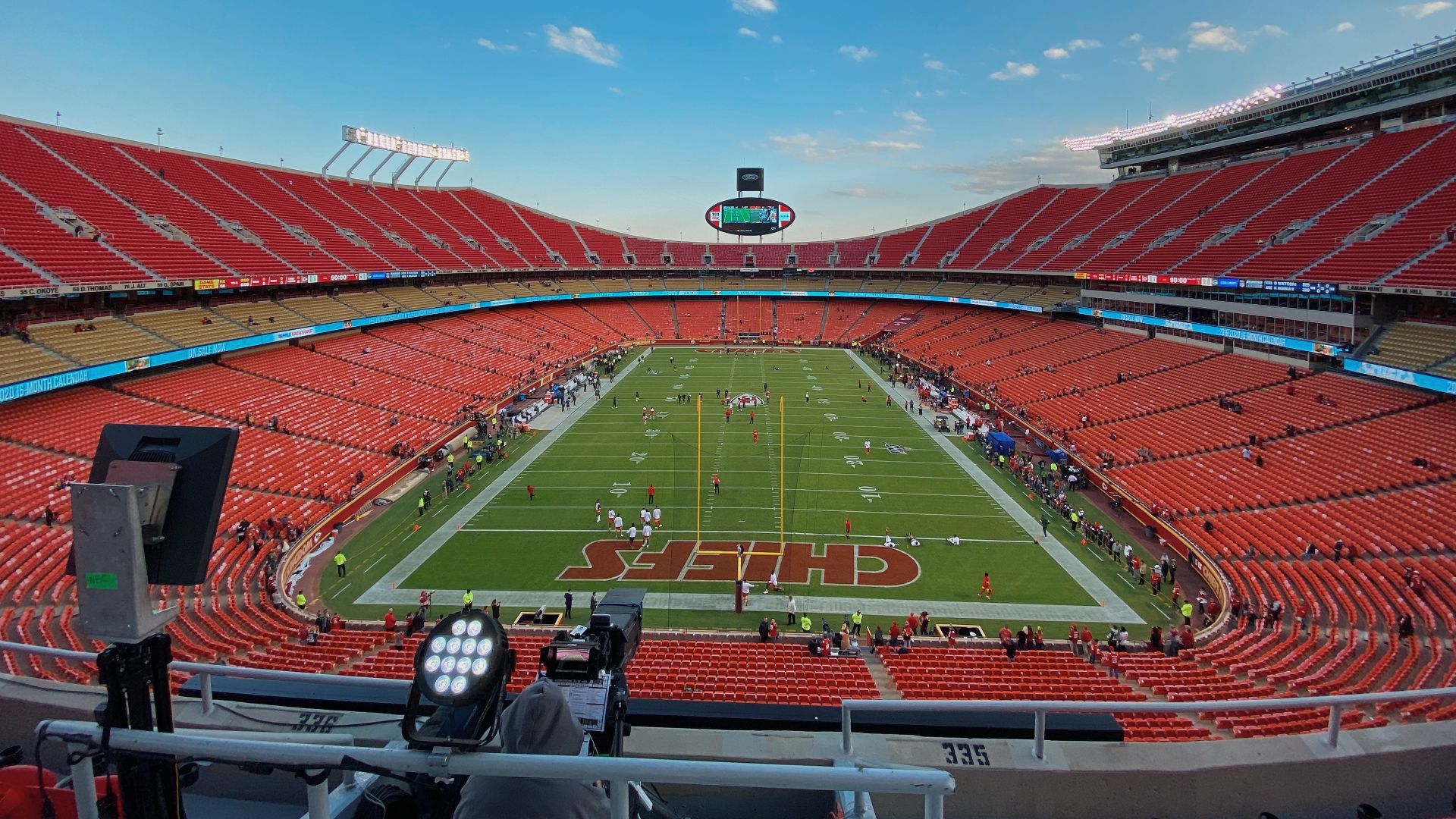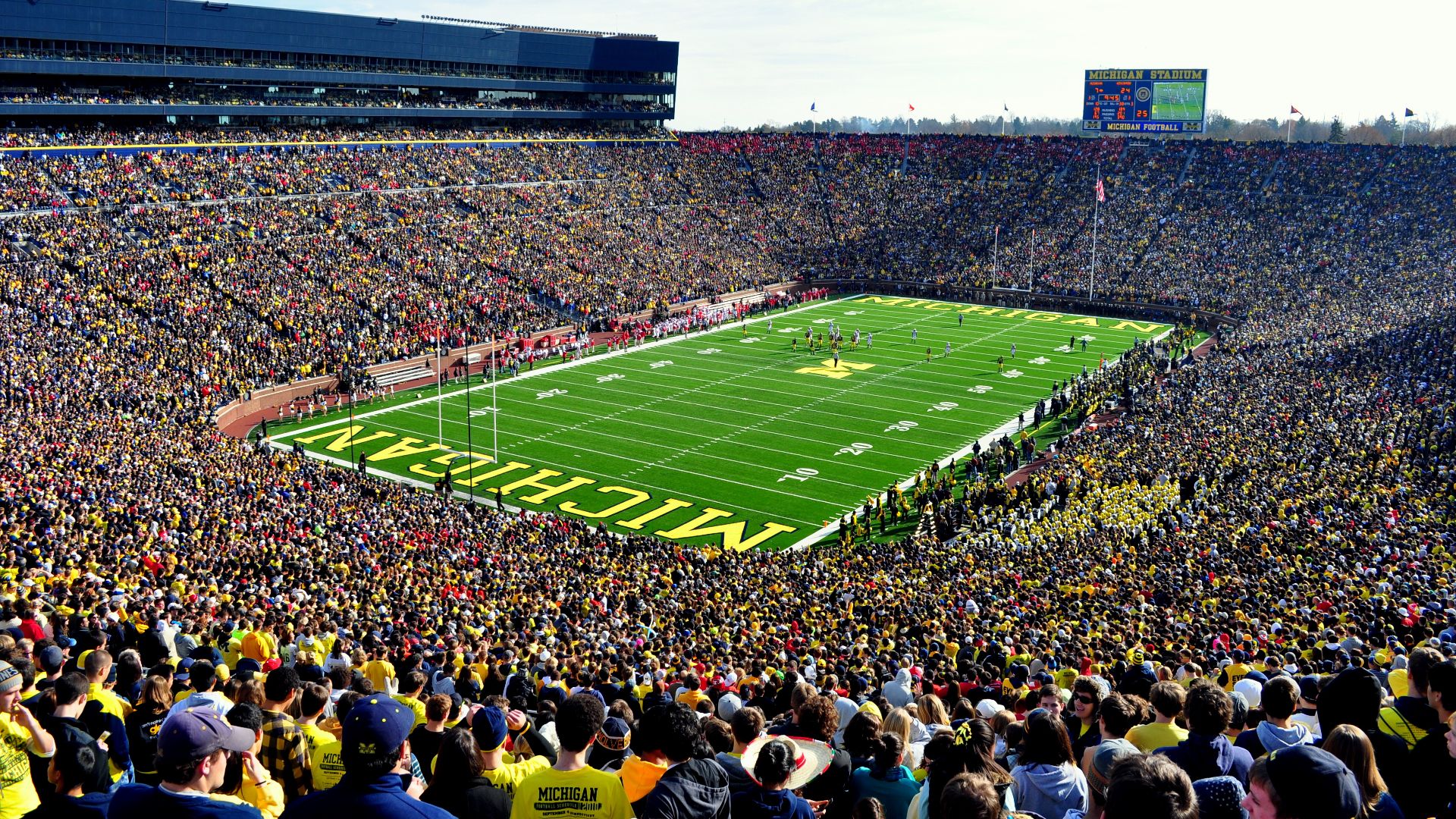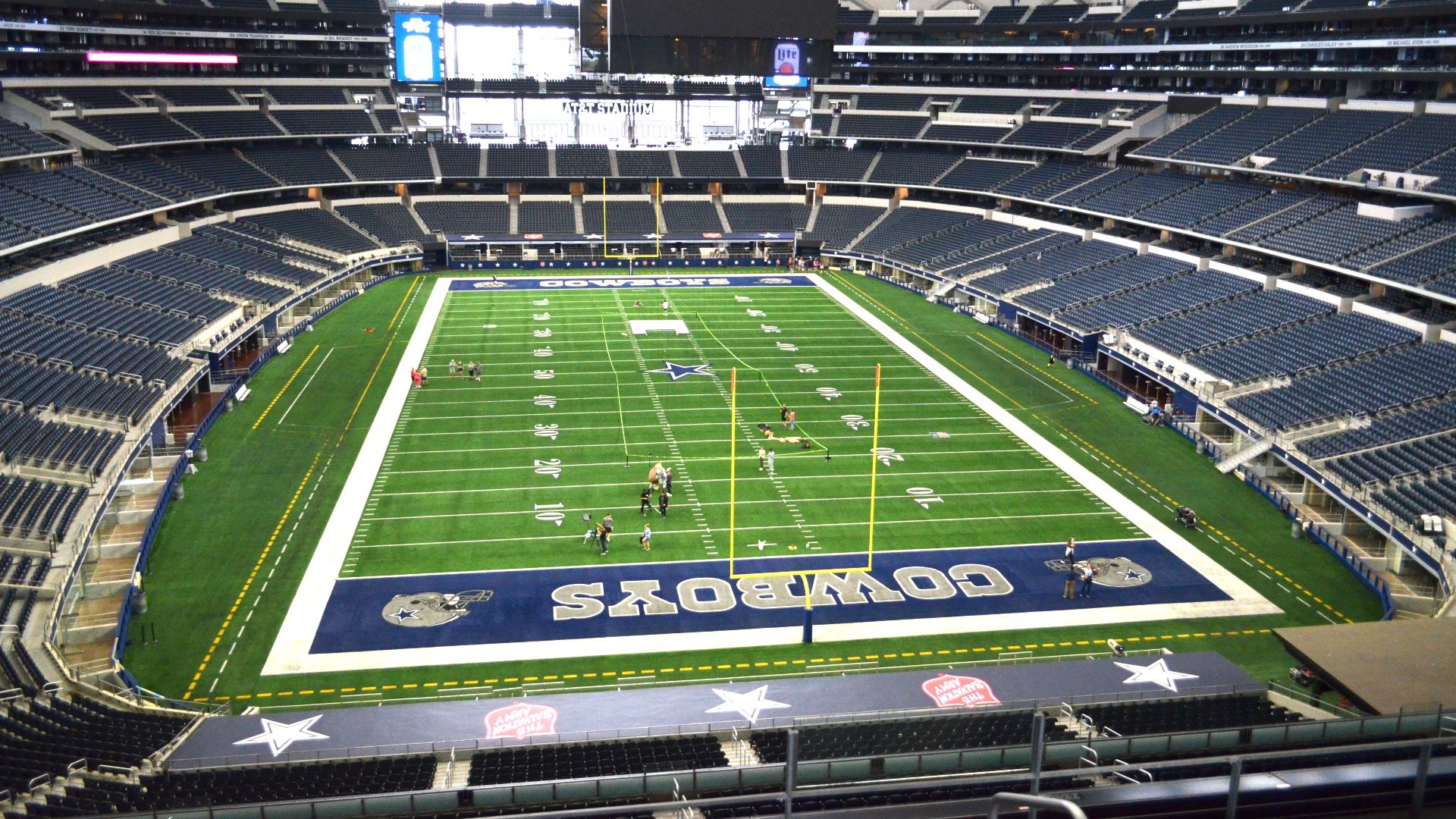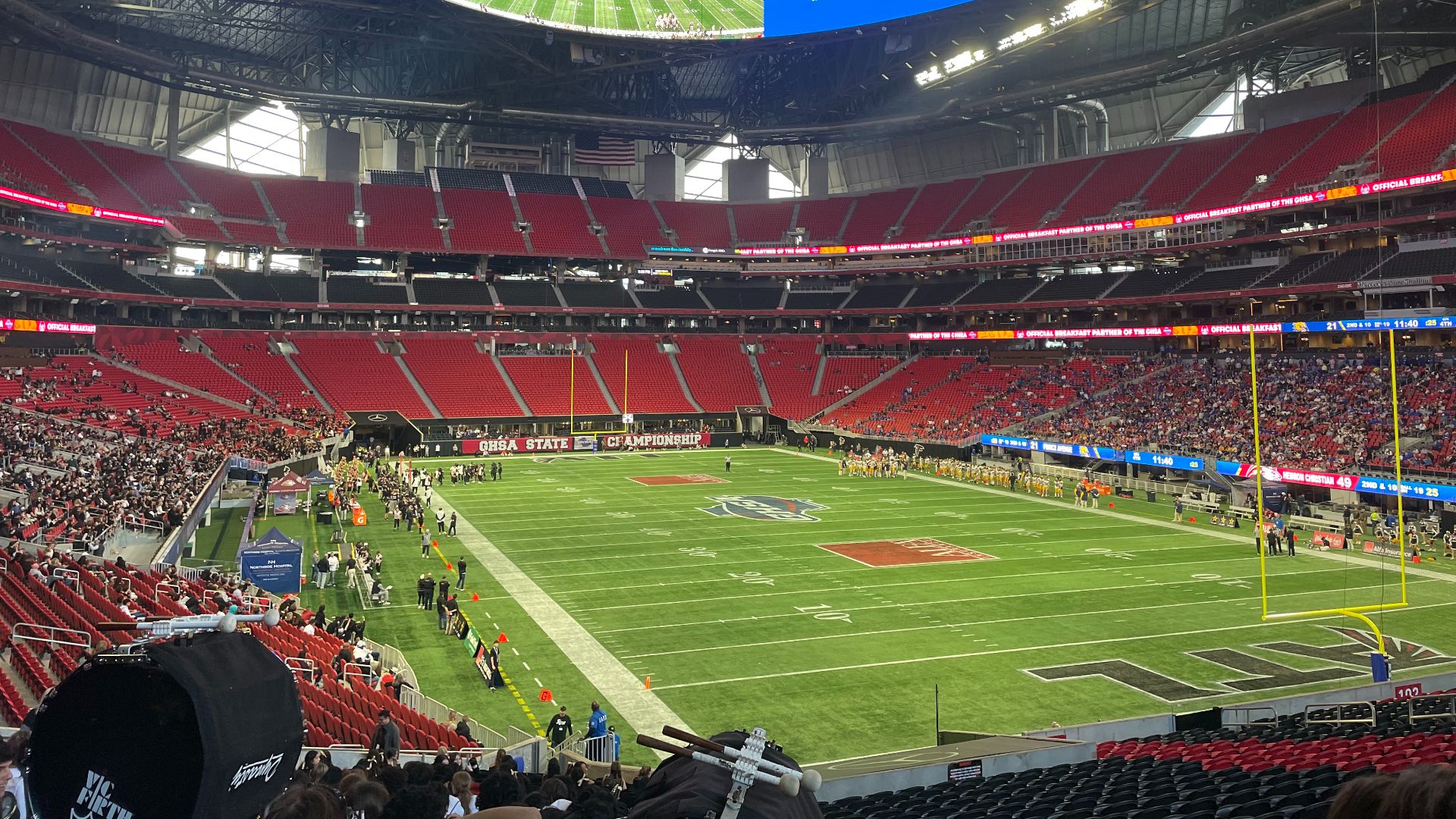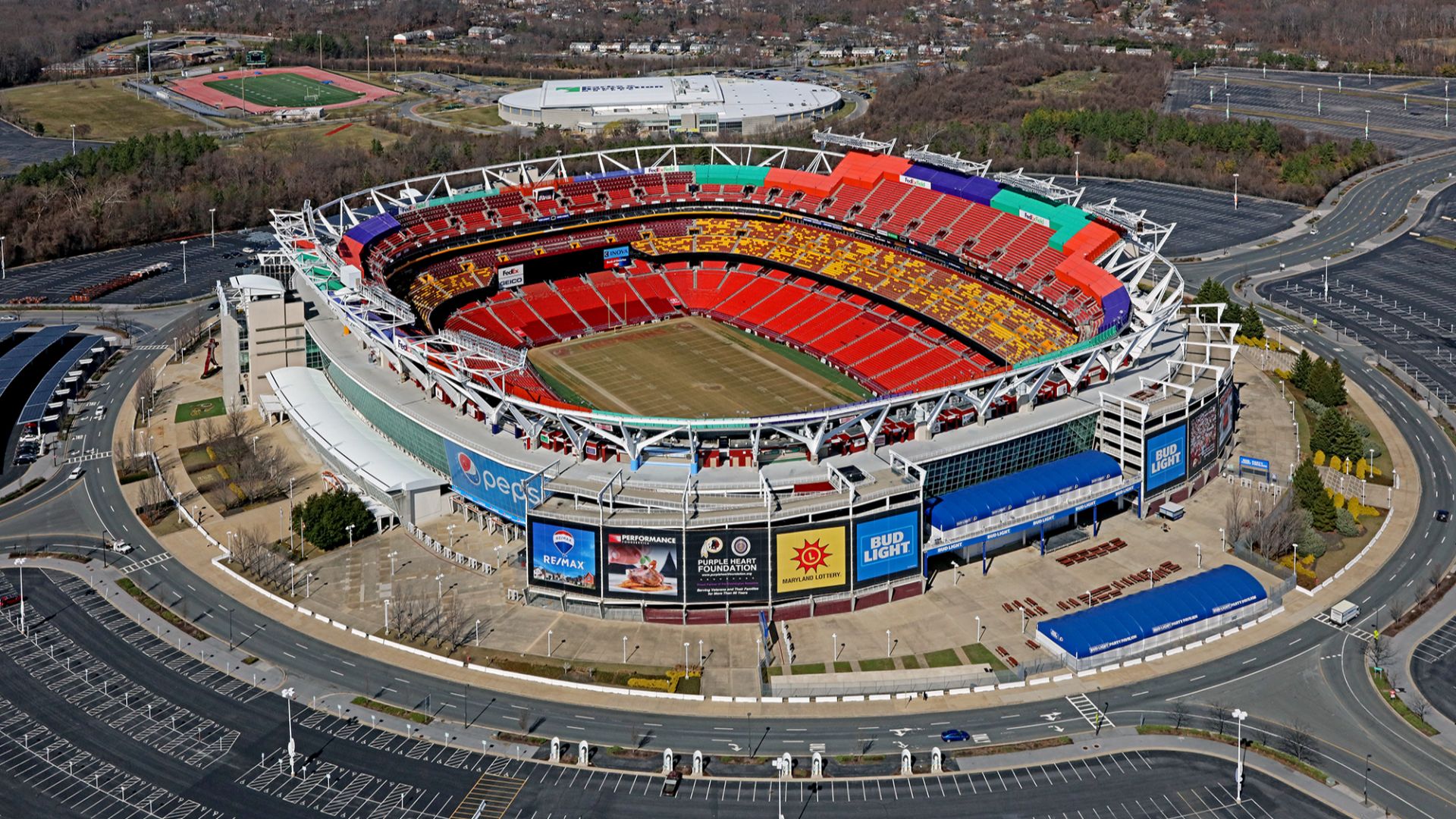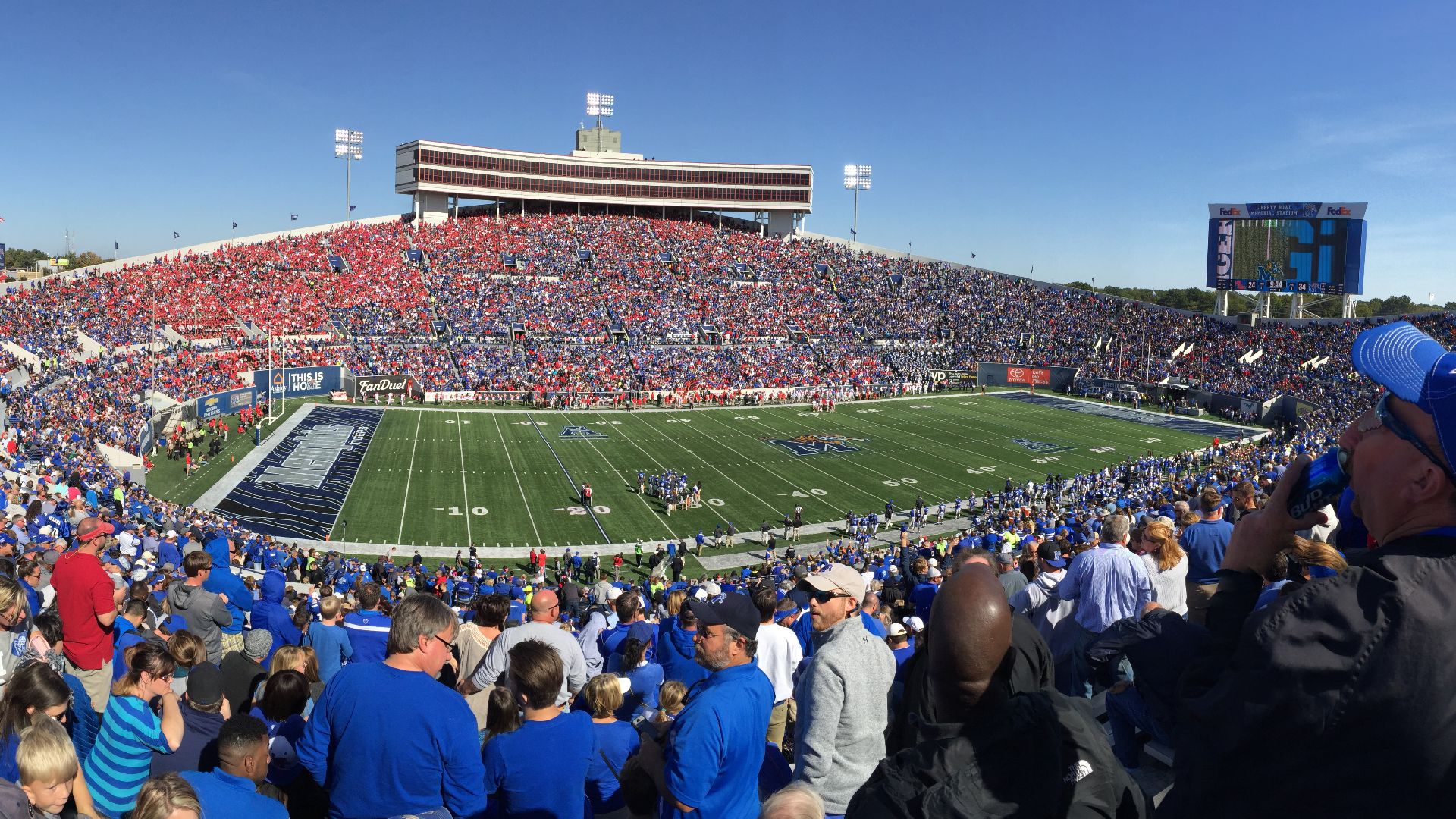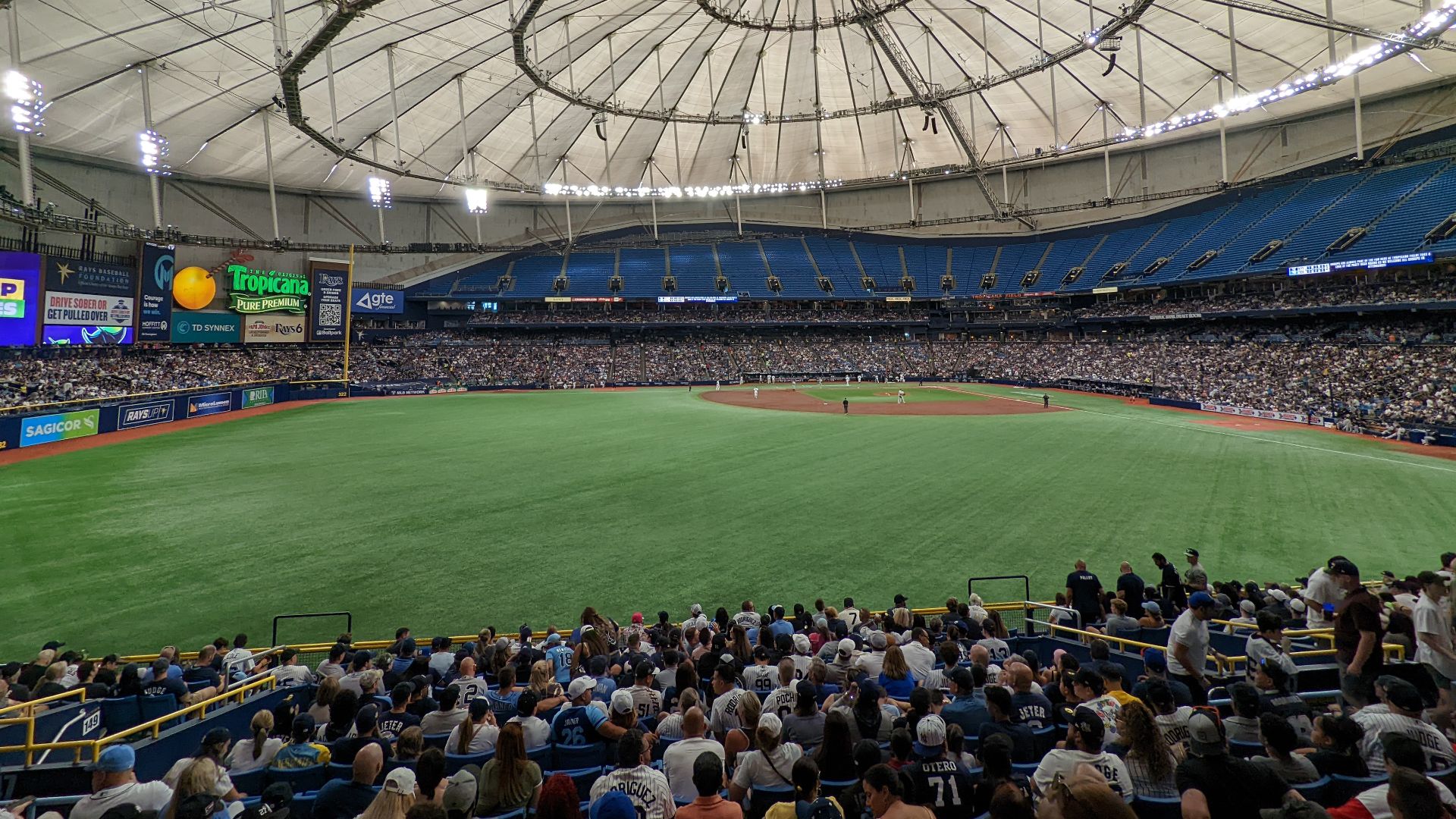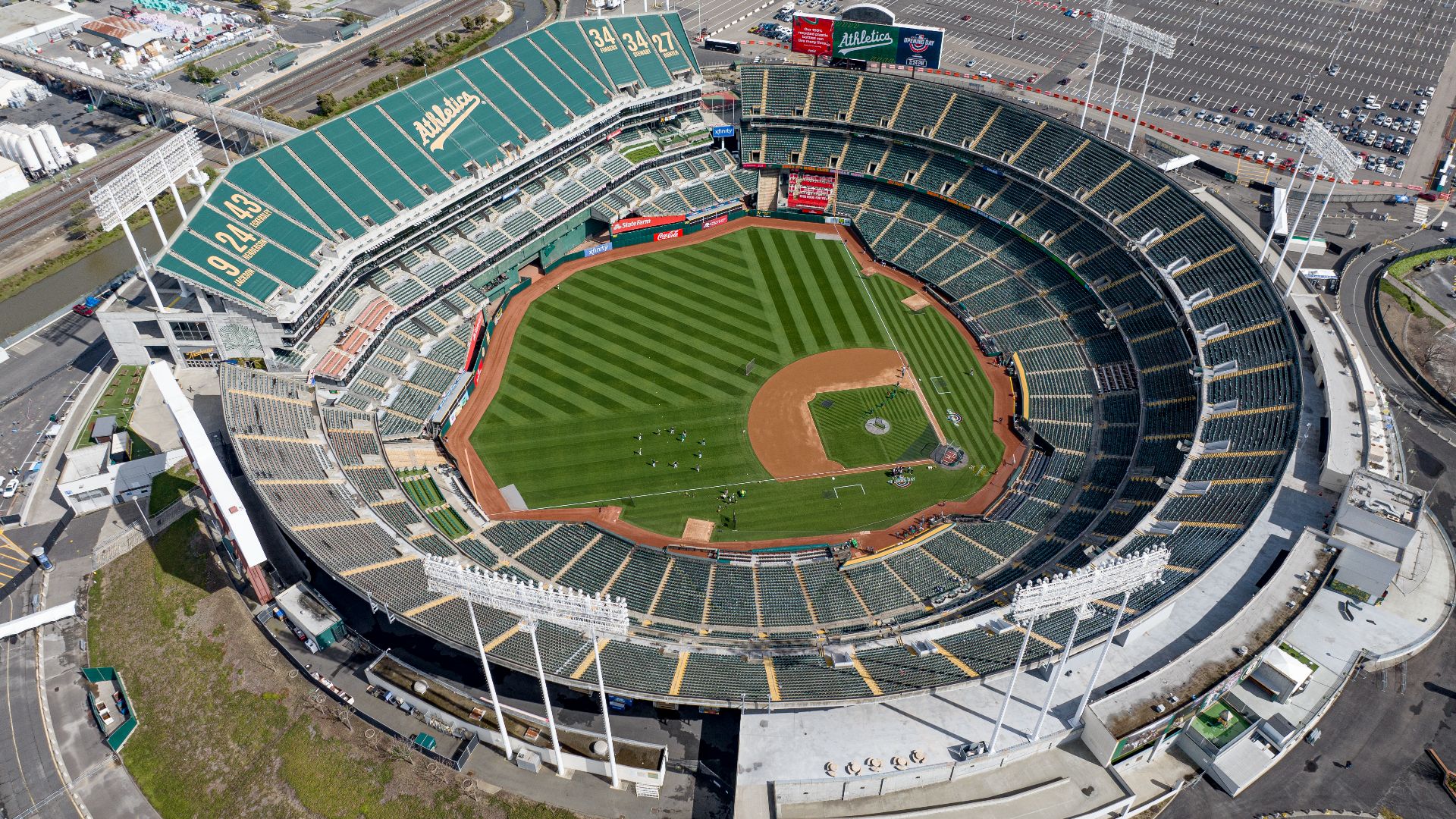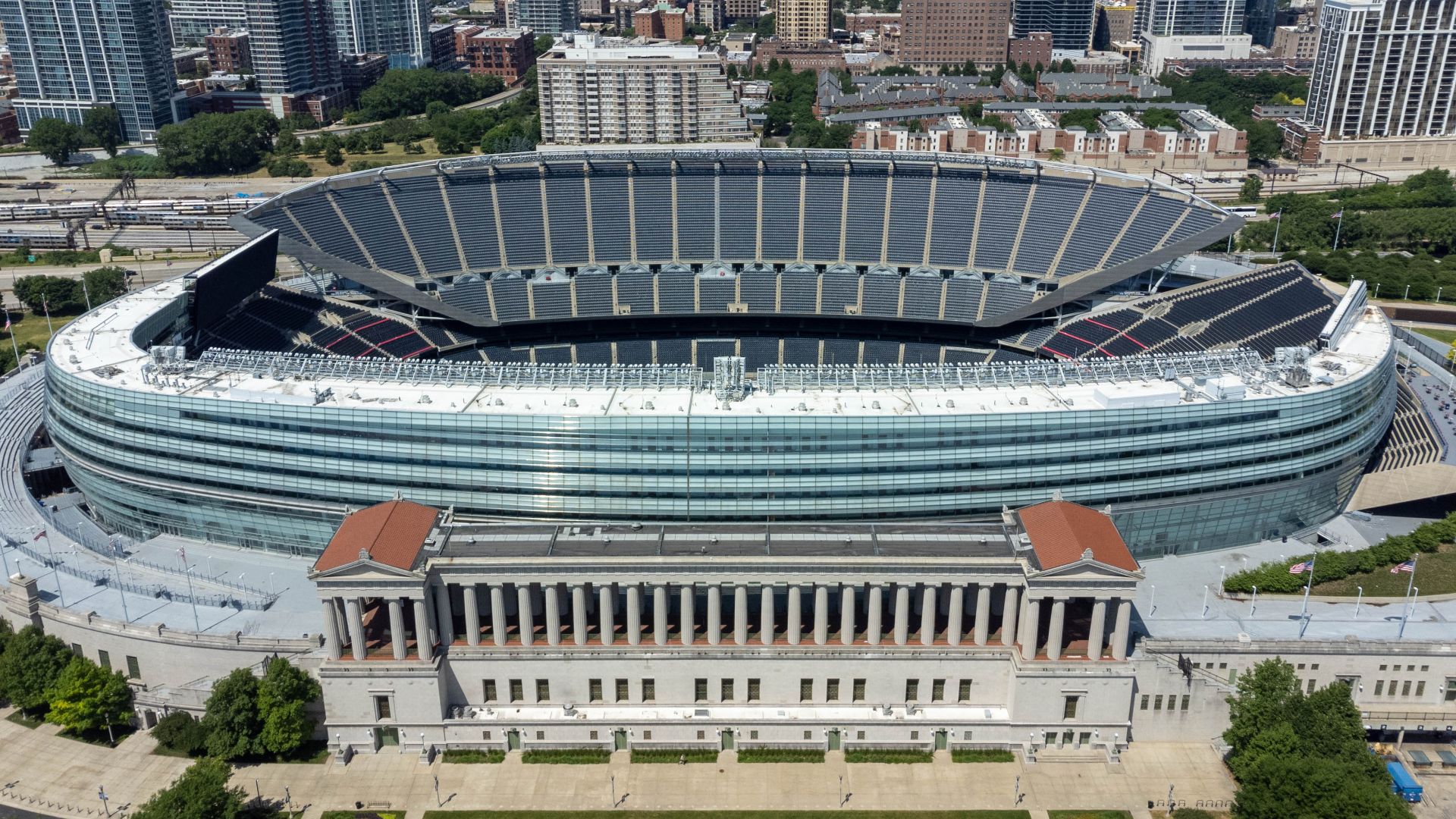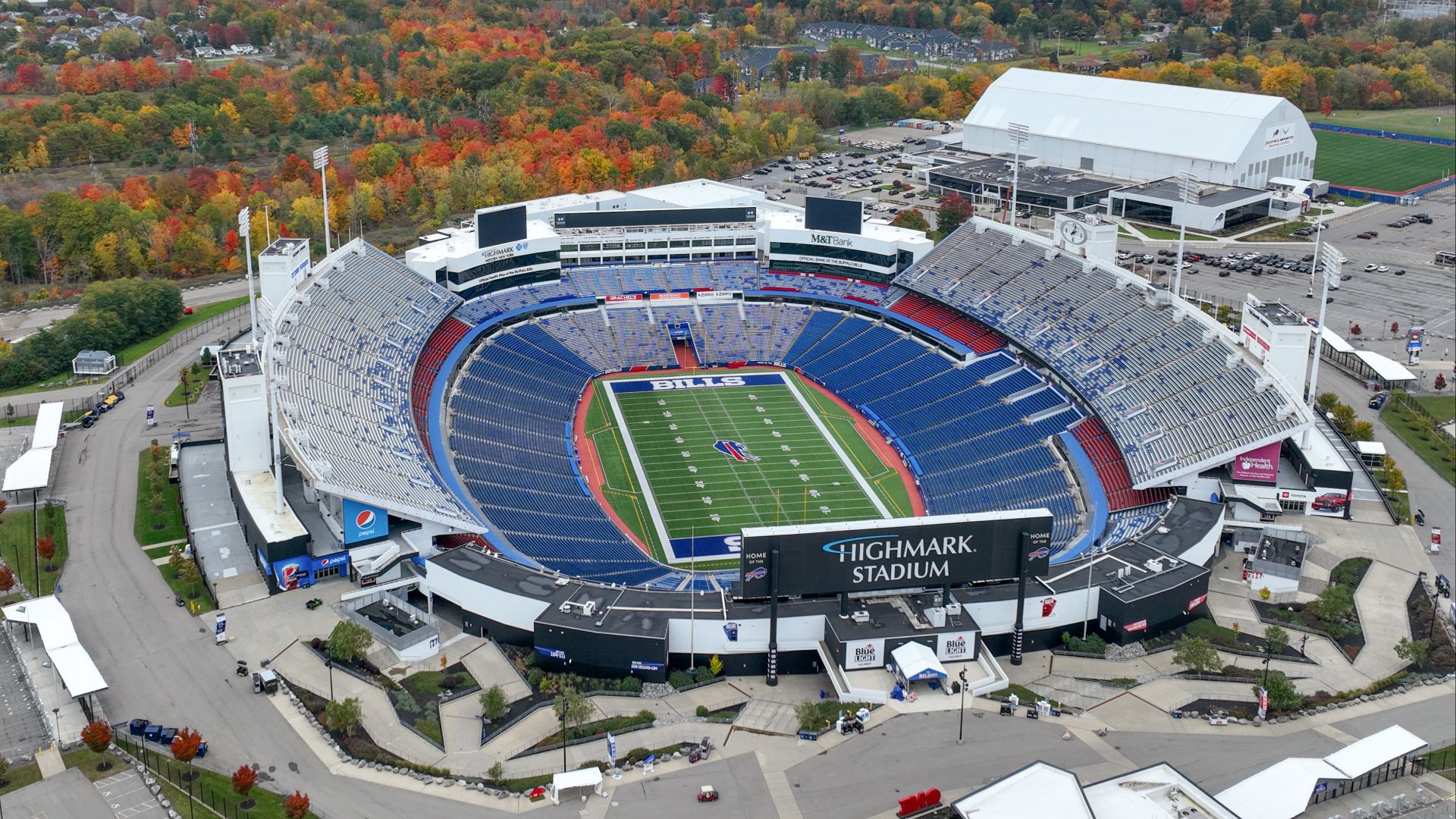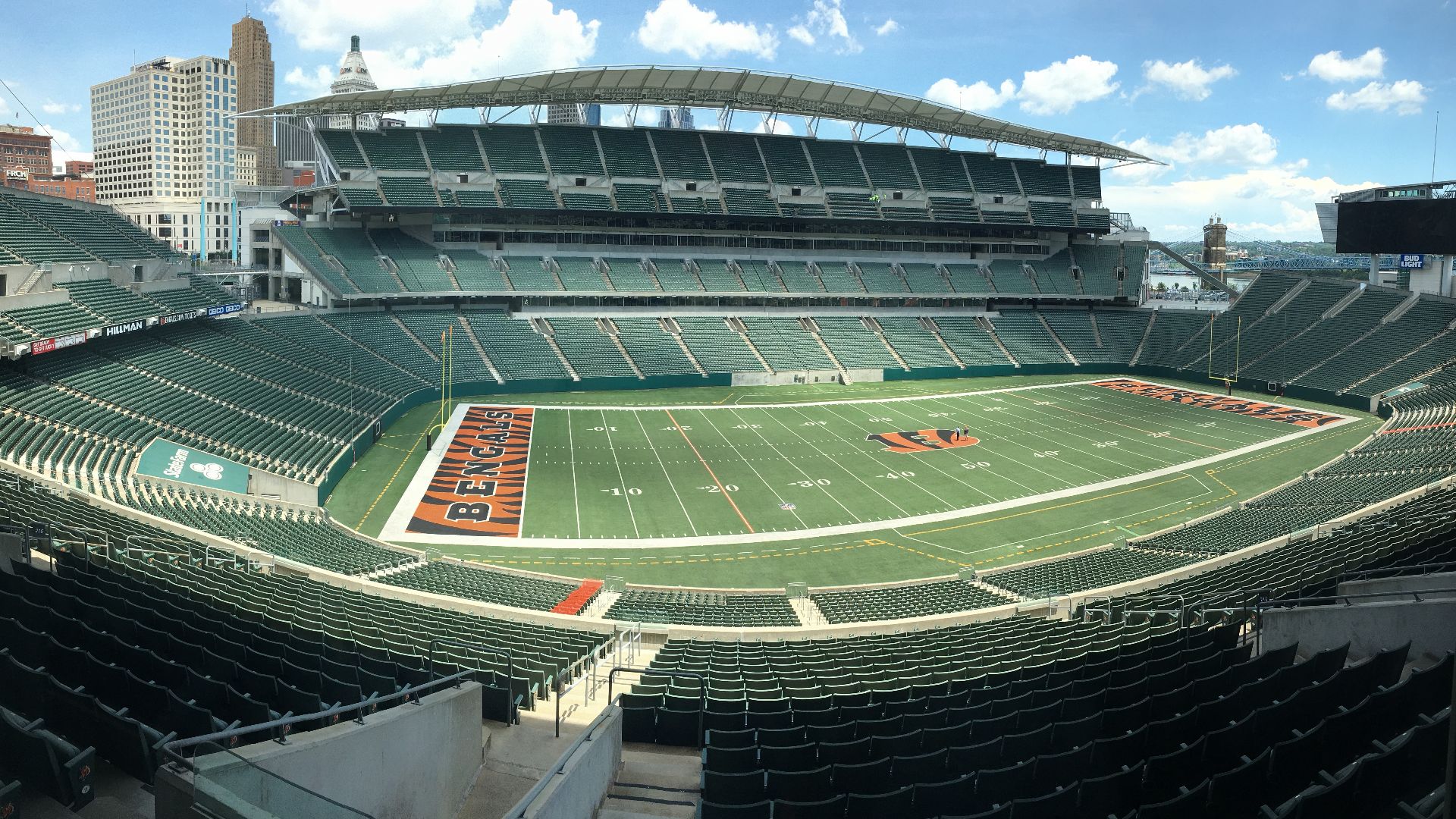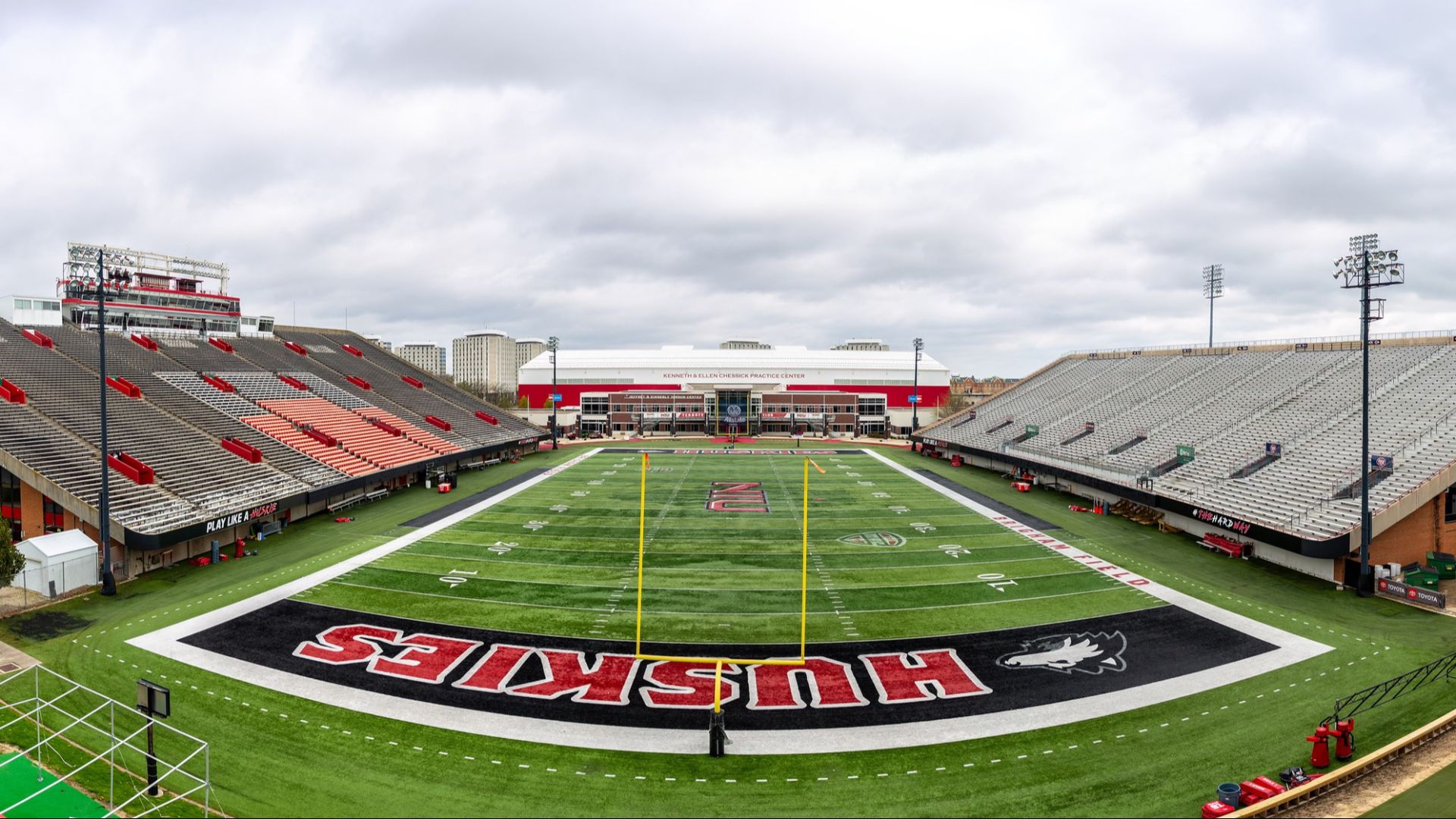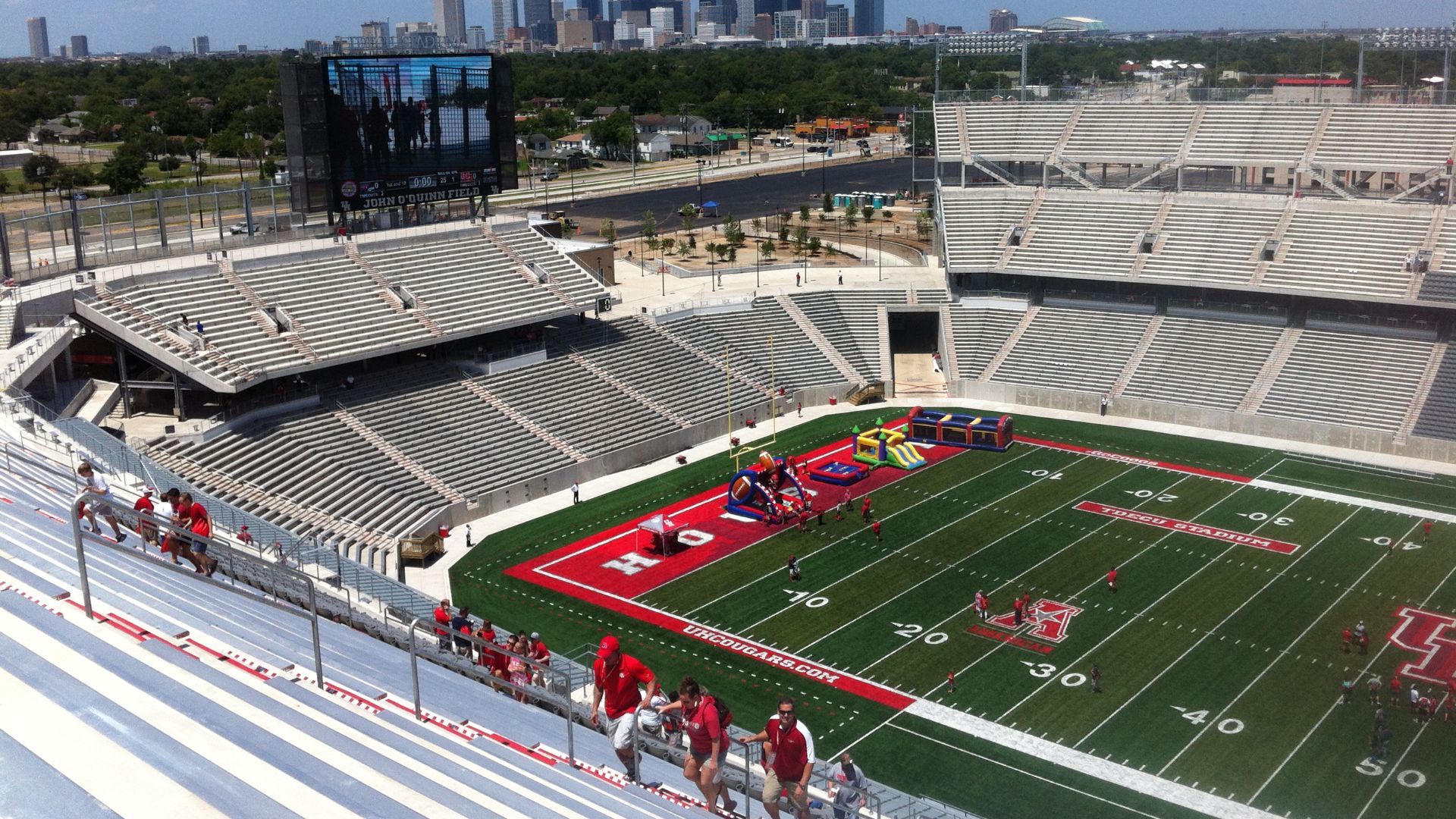The 10 Best Stadiums & The 10 Worst Stadiums In North America
Built For Cheers Or Complaints
Some stadiums make you want to stay long after the game ends. Others? You're counting the exits before halftime. Across North America, venues range from architectural marvels to barely functional eyesores. But fans deserve better—or at least a warning. Here, we break down the best and worst stadiums worth knowing. Let’s start with the ten that get it right.
1. Lambeau Field: Green Bay Packers (NFL)
Lambeau Field opened in 1957 and features bowl-style seating and radiant-heated turf, among other features, making it one of the NFL's most enduring cold-weather fortresses. It holds over 81,000 fans and still uses the original tunnel. Game-day snow is not a cause for delay here.
2. Fenway Park: Boston Red Sox (MLB)
With its iconic Green Monster looming in left field, Fenway Park's quirky dimensions and low seating capacity shape every game. Built in 1912, it has the league's shortest right-field foul pole. Watch how pitchers adjust—it's a masterclass in ballpark-specific strategy.
3. Wrigley Field: Chicago Cubs (MLB)
This 1914 landmark's ivy-covered walls create unique gameplay and rare bounce rules. The wind off Lake Michigan often shifts fly balls mid-air and affects scoring totals. Don't miss the scoreboard—manual and operated by hand since World War II, it's still fully functional.
4. PNC Park: Pittsburgh Pirates (MLB)
Opened in 2001, PNC Park offers two cantilevered decks, riverfront views, and one of MLB’s lowest upper decks. With only 38,747 seats, intimacy meets the skyline. The Roberto Clemente Bridge behind right field is scenic, and it is closed to cars on game days.
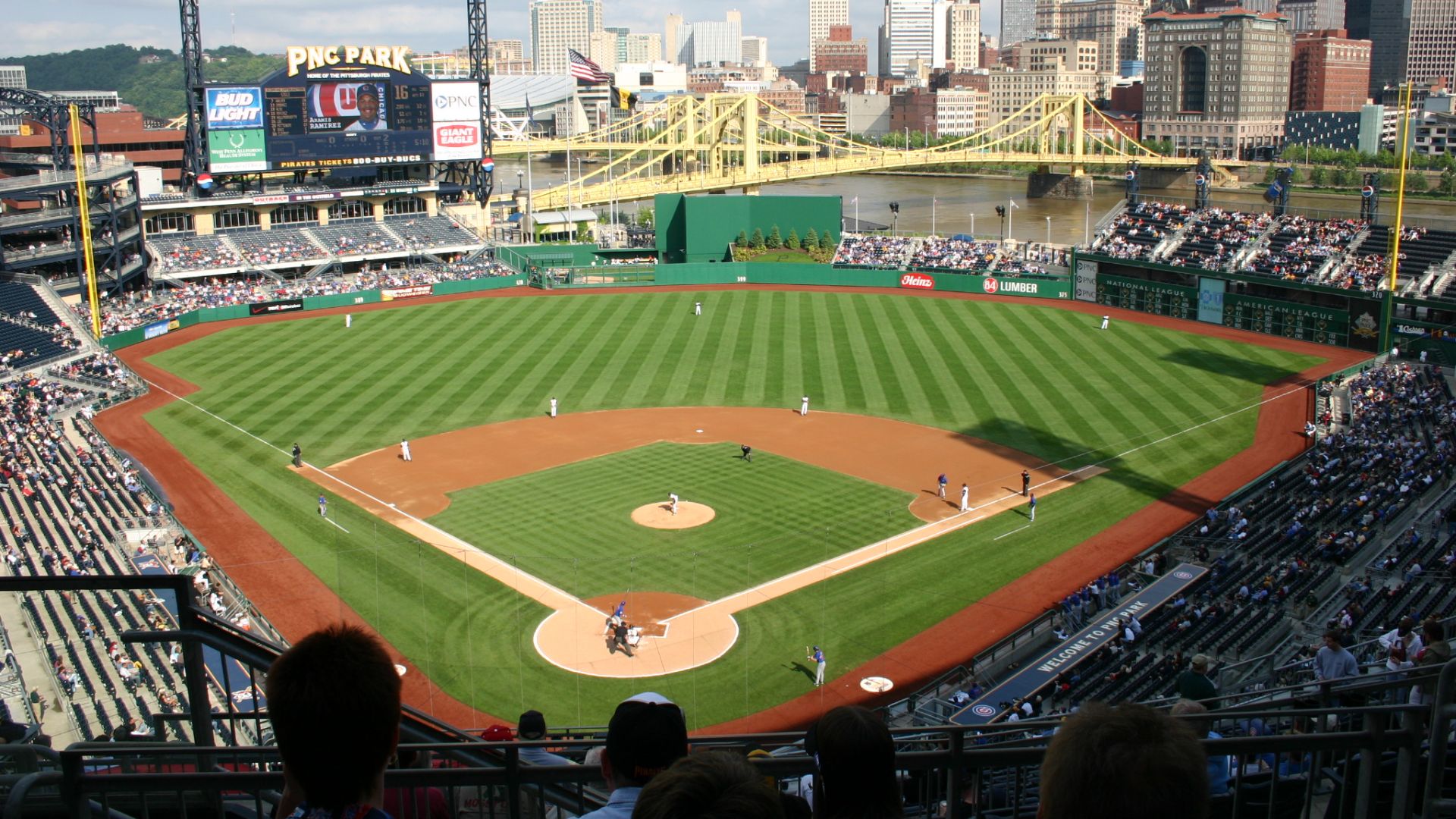 Minorfreak at de.wikipedia on Wikimedia
Minorfreak at de.wikipedia on Wikimedia
5. Oriole Park At Camden Yards: Baltimore Orioles (MLB)
Camden Yards pioneered the retro-classic style when it opened in 1992. It integrates the 1,116-foot B&O Warehouse into its right-field backdrop, a rare architectural choice. The foul poles were relocated from Memorial Stadium. That blend of old and new is calculated.
6. Arrowhead Stadium: Kansas City Chiefs (NFL)
Arrowhead Stadium traps crowd noise inside a curved lower bowl and creates up to 142 decibels, once recorded as the loudest in the NFL. Built in 1972 and renovated in 2010, it uses a natural grass hybrid system. Visiting teams have committed pre-snap penalties mid-huddle.
7. Michigan Stadium ("The Big House"): University of Michigan Wolverines (NCAA Football)
Designed with an underground bowl, Michigan Stadium holds 107,601 and ranks as the largest in the U.S. It debuted in 1927 with a crowd of 84,401. Look around and find no towering exterior. The structure swallows its own footprint like a geographic illusion.
8. AT&T Stadium: Dallas Cowboys (NFL)
AT&T Stadium, unveiled in 2009, uses 300-foot steel arches and a retractable roof to house 80,000 fans in climate-controlled comfort. The center-hung video board spans 53 yards. On sunny days, the stadium’s retractable roof and large glass doors allow for natural light control.
9. Mercedes-Benz Stadium: Atlanta Falcons (NFL) and Atlanta United FC (MLS)
This Atlanta venue opened in 2017 and features a retractable roof with a pinwheel design and a 360-degree circular scoreboard. It seats 71,000 and hosts NFL and MLS games. The roof takes around eight minutes to open—faster than most NFL drives reach midfield.
10. SoFi Stadium: Los Angeles Rams And Los Angeles Chargers (NFL)
SoFi Stadium spans 3.1 million square feet, featuring a translucent canopy and dual-sided Infinity Screen. Debuted in 2020, it holds 70,240 and sits 100 feet below ground level due to airport height restrictions. Despite its size, the design emphasizes acoustic precision and visibility.
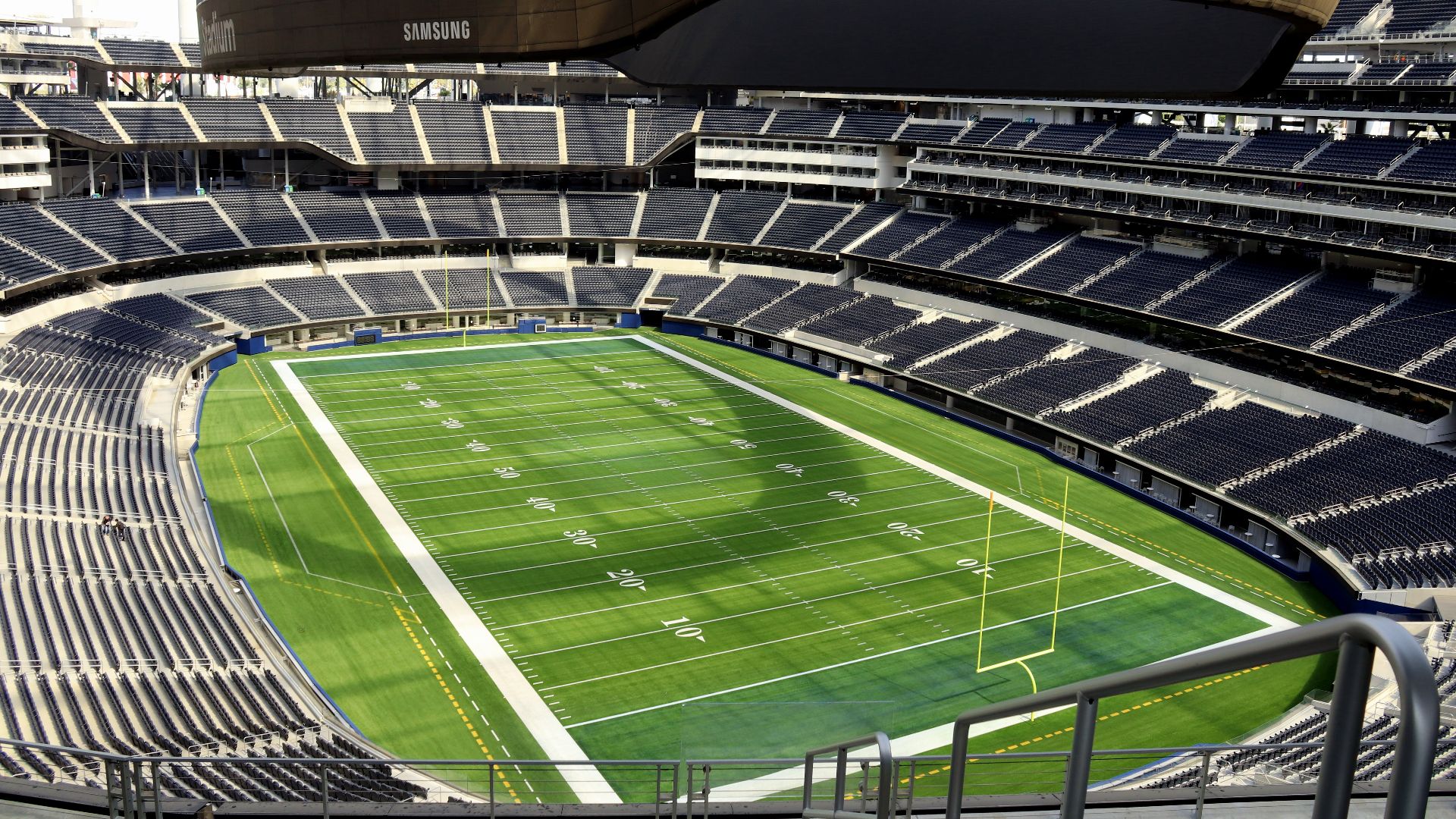 Thank You (21 Millions+) views on Wikimedia
Thank You (21 Millions+) views on Wikimedia
You've seen the highlights. Now, here comes the glitches and the groans.
1. Northwest Stadium (FedEx Field): Washington Commanders (NFL)
Known for plumbing issues and deteriorating seating, FedEx Field has frustrated fans since its 1997 debut. Located in Landover, Maryland, it seats over 67,000. In 2021, a sewage pipe burst mid-game. Malfunctions like that aren’t rare but practically routine here.
2. Simmons Bank Liberty Stadium: Memphis Tigers (NCAA Football)
This Memphis-based venue opened in 1965 and lags in infrastructure and revenue generation. With a capacity of 58,000, its dated seating and lack of shade drive down attendance. Renovation talks continue, but for now, you're getting mid-century comfort minus the charm.
3. Tropicana Field: Tampa Bay Rays (MLB)
Tropicana Field, built in 1990, features a fixed dome with catwalks that interfere with gameplay. The lighting is dim, and the acoustics are flat. Attendance routinely ranks last in MLB. Balls can hit the rafters and still count in play. Weird, but it's actually a rule.
4. Oakland Coliseum: Oakland Athletics (MLB)
This multi-use venue was originally opened in 1966, and today, it suffers from poor drainage and rodent problems. The A's remain, but most pro teams have left. In 2013, sewage overflowed into both dugouts. It wasn't the first time, and it wasn't the last.
5. Soldier Field: Chicago Bears (NFL)
Seating just 61,500 fans, Soldier Field is the NFL’s smallest venue. Though modernized in 2003, the renovations compromised its historic integrity. People criticize its narrow concourses and patchy turf. Even the Bears want out—plans for a new domed stadium are already underway.
6. Highmark Stadium: Buffalo Bills (NFL)
Serving Buffalo since 1973, Highmark Stadium lacks modern amenities and enough bathrooms to match demand. Fans brave freezing winds, but opponents don't enjoy it. A replacement stadium is under construction nearby. Scheduled for 2026, it'll finally bring (mostly) covered seating to Orchard Park.
7. Paycor Stadium: Cincinnati Bengals (NFL)
Paycor Stadium opened in 2000, but it already feels behind. Faded infrastructure and limited shade frustrate Bengals fans. The lease has been controversial, with taxpayers footing long-term maintenance bills. It’s an open stadium, yet it still has rain leaking into parts of it.
8. CEFCU Stadium: San Jose State Spartans (NCAA Football)
Opened in 1933, CEFCU Stadium seats 18,265 and features mostly aluminum bleachers with little overhead cover. Home to San Jose State, it’s showing its age. Recent upgrades were announced, but construction delays and phased plans mean comfort improvements are still out of reach for many fans.
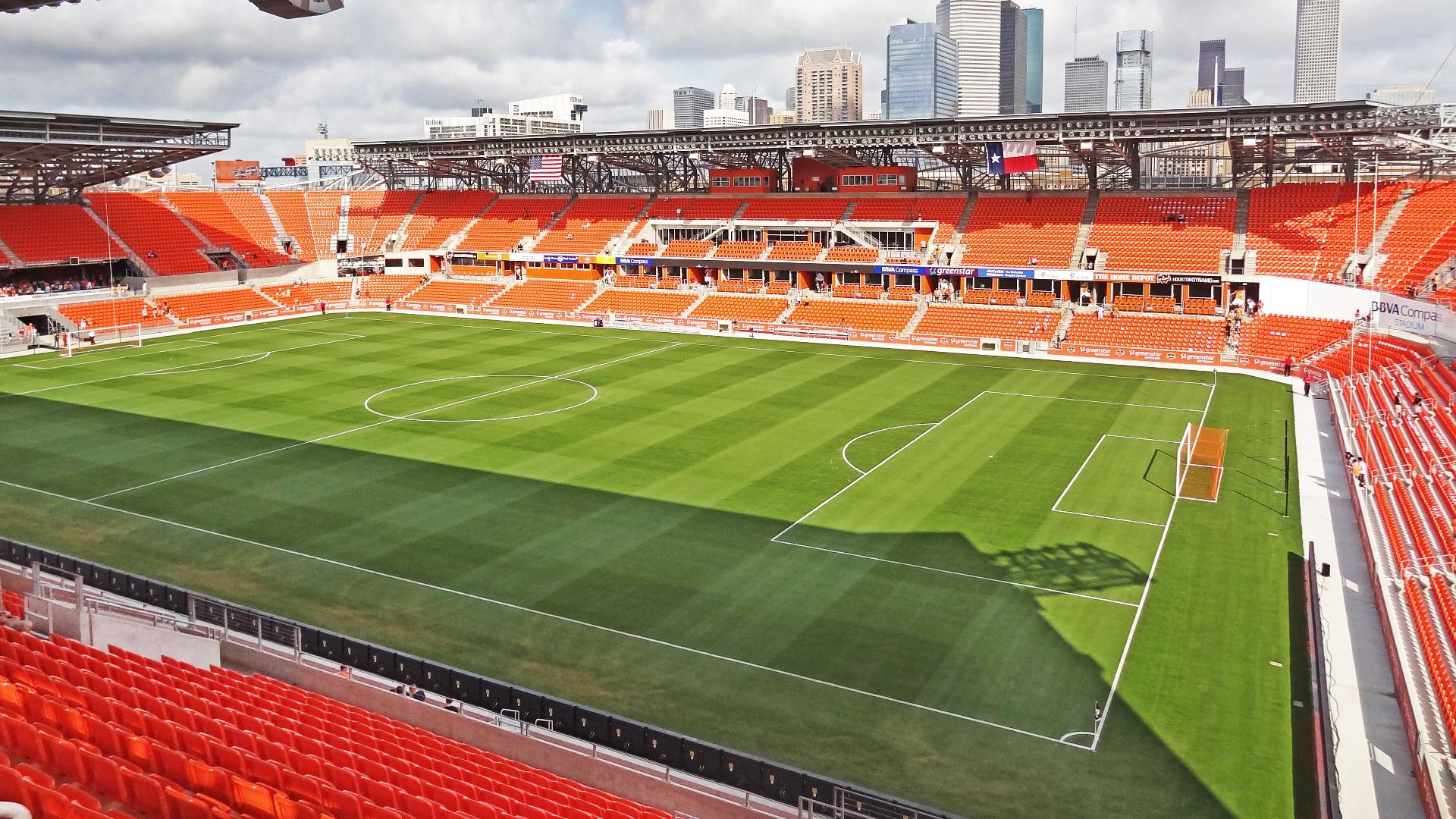 Paul Duron / Houtexusa at English Wikipedia on Wikimedia
Paul Duron / Houtexusa at English Wikipedia on Wikimedia
9. Huskie Stadium: Northern Illinois Huskies (NCAA Football)
Northern Illinois University’s Huskie Stadium opened in 1965 and holds around 28,000. It uses metal bleachers and has a dated scoreboard. While it has hosted night games, the stadium lacks full-scale lighting infrastructure. The experience leans more toward high school than Division I.
10. TDECU Stadium: University Of Houston Cougars (NCAA Football)
Built for the University of Houston in 2014, TDECU Stadium holds over 40,000 and uses exposed seating with limited shading. The open-corner design disrupts acoustics and airflow. Despite its modern exterior, many fans note the venue lacks energy, especially during lower-attendance matchups.


